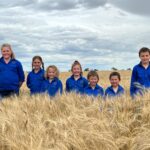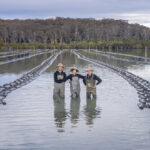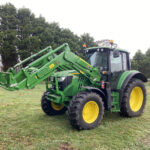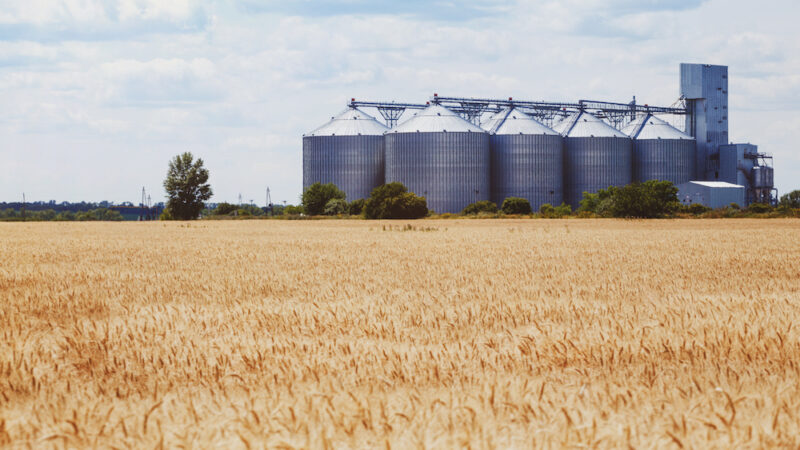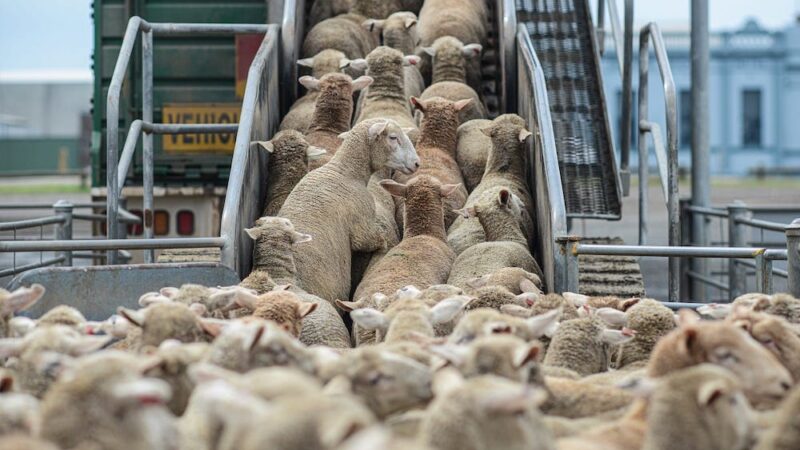Seven Students. 85 Hectares. Three Years. 170 tonnes of wheat. A cropping project like no…
NSWF takes the lead in tackling spray drift

In the lead-up to spraying season, NSW Farmers organised an important webinar for members and the wider farming community to engage with specialists from the NSW EPA and GRDC. The session, held on September 11, focused on ways to reduce the expensive repercussions of spray drift.
A leading message from the webinar was the importance, that everyone sprays safely and responsibly to ensure farmers maintain the use of important agricultural chemicals for crop protection against weed, pest and disease pressures.
Speakers included Scott Kidd and Jessica Creed from the Environmental Protection Authority (EPA), and Gordon Cumming from Grains Research Development Corporation (GRDC) – who spoke about the significance of the WAND inversion towers.
WAND is a $5.5m investment rolled out by GRDC, the Cotton Research and Development Corporation (CRDC) and Goanna Ag, to help farmers avoid the risk of spray drift.
Gordon Cumming of the GRDC said: “The WAND network is an inversion detection system designed to inform farmers and pesticide users when a hazardous inversion is occurring and therefore when not to spray. WAND offers free, real-time weather data, identifying and measuring potentially dangerous temperature inversions.
“Accessible via any smartphone, this invaluable resource currently involves 45 towers in the northern and southern regions of the state,”.
In NSW it’s illegal to use agricultural chemicals in a way that could injure people or cause harm to animals, plants or properties that are not the target pest species.
Scott Kidd, NSW EPA Director of Operations, says the well-attended webinar was a great opportunity to broaden the reach of the EPA’s education program around the use of pesticides.
“Since the webinar, we have already received requests for further information, which goes to show how vital this outreach is to farmers. Attendees were keen to know more about the the type of information the EPA needs when a spray drift event occurs, and how to keep records for reporting,” Mr Kidd says.
“The EPA will continue to work with other government agencies, industry groups and individuals to implement practical solutions to reduce the issue of spray drift. We’ll also continue to make compliance a priority and where people are doing the wrong thing, the EPA will take action.”
“We encourage people to report any concerns to our 24-hour Environment Line on 131 555, or by sending a confidential email to [email protected].”
NSW Farmers Grains committee chair Justin Everrit says the webinar was very useful.
“We covered several topics and there were a lot of questions – people were asking about the WAND towers, how they will work and operate. There were also questions about aerial spraying with drones and how the new tech will be utilised and how it could affect spray drift,” Mr Everrit says.
“The webinar covered the topic very well and it was good to have that interaction with the EPA.”
“The key messages were; spray within the correct conditions, make sure you monitor conditions regularly, using the WAND towers as a guide. Always check your ground conditions when spraying. And always be mindful of your neighbours’ crops.”


